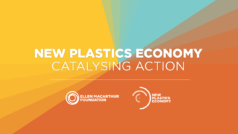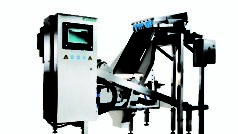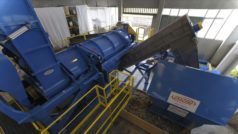Intrinsic viscosity, yellowing, haze are just some of the attributes that provide challenges when using rPET along with virgin material. rPET producers have engineered elaborate processes to minimize those characteristics in order to create material that provides the desired environmental attributes along with key visual and processing properties.
The bottles used in this study were not densely packed into large bales. Sunlight could easily penetrate through the several layers of bottle sidewalls, even reaching the bottles located at the bottom of the open crate.
“What the average effect might be on an entire bale of bottles compared to what was seen in this study is a matter of debate. However one should consider all the potential causes of yellowing that can that limit the percentage of recycled PET that can be used. Exposure to UV radiation, whether it is from outside bale storage or possibly even exposure to fluorescent lighting in retail stores, should be considered as another contributor to rPET quality degradation,” explained Dr. Frank Schloss, vice president.
Storage conditions are just one more factor that can be added to the natural tendency of PET to yellow with each additional melting. This is due to adhesive label residues, trace amounts of residual label material, inks and coatings that can bleed from the label onto the PET flake, as well as additives that cannot be removed by the washing process.









